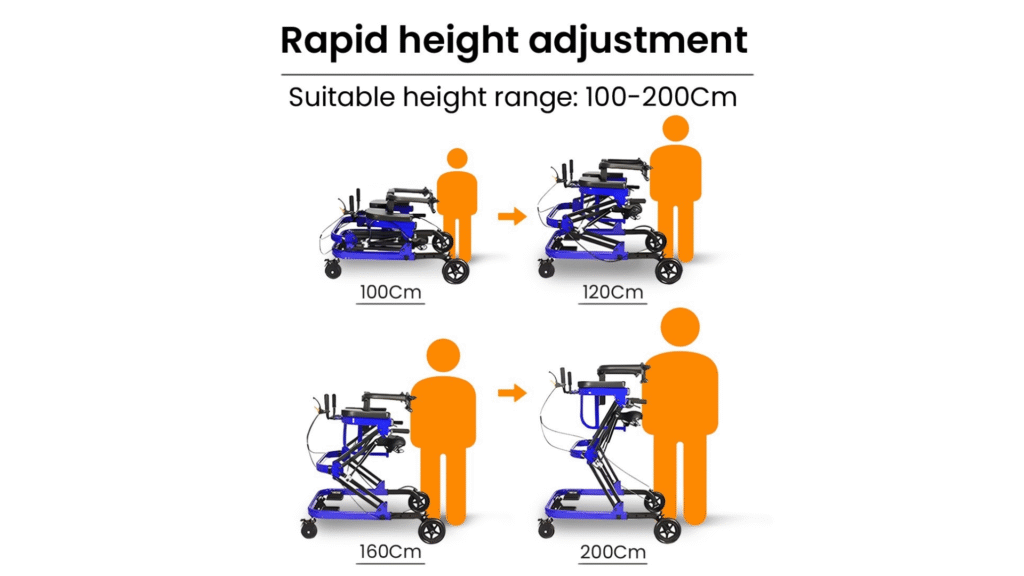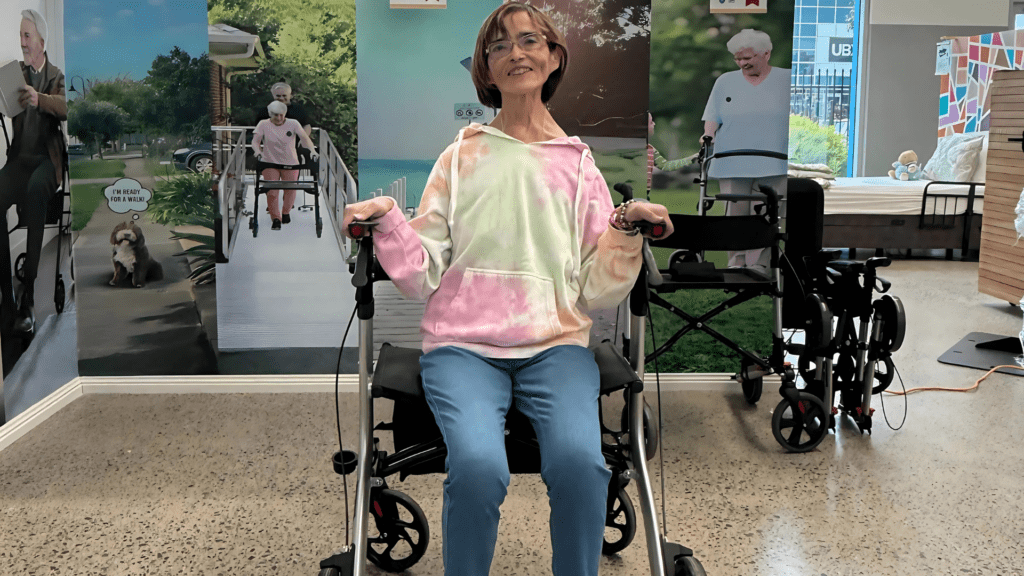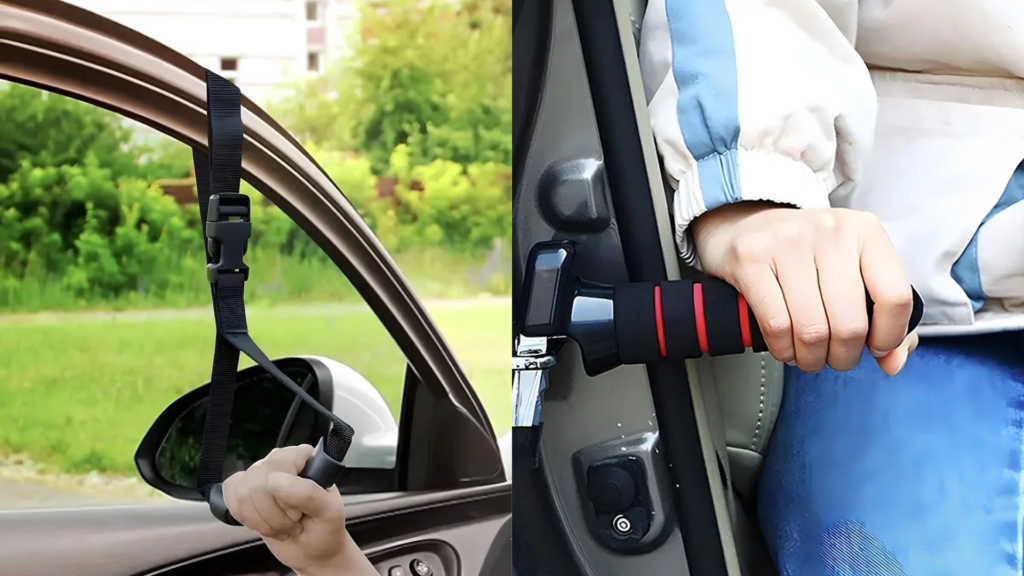What’s a Gait Trainer and Who Needs One
A gait trainer is an assistive mobility device designed to support walking for individuals who cannot walk independently. Unlike standard walkers, gait trainers typically offer:- Trunk and pelvic support
- Posterior or anterior frame configuration
- Directional locks and wheel brakes
- Adjustable height and base width
- Children with cerebral palsy or developmental delays
- Stroke survivors
- Adults with post-surgical weakness or neurodegenerative conditions
- Elderly individuals with gait instability
Size, Support, and Therapy Goals
One of the biggest distinctions between paediatric and adult gait trainers is their design for body size and developmental stage. Choosing the correct size and support level is vital to ensuring:- Proper posture and gait alignment
- Functional therapeutic progress
- Comfort and safety during extended use
- Regaining independence after a stroke
- Maintaining walking ability with muscle-wasting conditions
- Rebuilding strength post-surgery
Paediatric Gait Trainers Designed for Growth and Engagement
Kids gait trainers are not simply smaller versions of adult devices. They are engineered to meet the unique physical and emotional needs of children:- Highly adjustable components: to accommodate growth spurts
- Pelvic and trunk support options: for upright positioning in early walkers
- Interactive and motivating designs: for better user engagement during therapy
- Lightweight and compact frames: suitable for indoor use and paediatric care environments
Adult Gait Trainers Post-Injury and Ageing Support
Adult gait trainers focus on postural control, strength recovery, and safe ambulation for users managing:- Stroke rehabilitation
- Lower limb surgery recovery
- Parkinson’s disease or multiple sclerosis
- Age-related decline in balance and coordination
- Heavier-duty frames and wider base widths
- Adjustable handlebars or forearm supports
- Optional weight-bearing seat support
- Directional wheel control for stability
OT Tips for Home Gait Training
Occupational therapists and physiotherapists play a critical role in choosing and customising gait trainers for home use. Their assessment will cover:- Functional mobility level
- Posture and muscle tone
- Equipment safety in the home environment
- Adjustability and caregiver support needs
- Suitability for long-term development or recovery
FAQs
Q1. How can I tell if a child needs a gait trainer or a walker?
Gait trainers are better suited for children who need more postural support and stability than standard walkers provide. A therapist can assess muscle tone, head control, and walking ability to decide.
Q2. Are paediatric gait trainers adjustable as the child grows?
Yes. Most paediatric trainers come with adjustable seat height, trunk support, and frame width to grow with the child for several years.
Q3. What is the main difference between paediatric and adult gait trainers?
Paediatric models are designed for growth, lighter weights, and child engagement. Adult trainers are built for larger frames and post-injury support.
Q4. Can I use the same gait trainer for different family members?
It’s not recommended. Gait trainers are prescribed based on body measurements and specific mobility needs. Sharing could compromise safety and effectiveness.
Q5. Is NDIS funding available for both paediatric and adult gait trainers?
Yes. With a clinical assessment and equipment justification from an OT or physio, both paediatric and adult gait trainers can be funded under NDIS plans.



